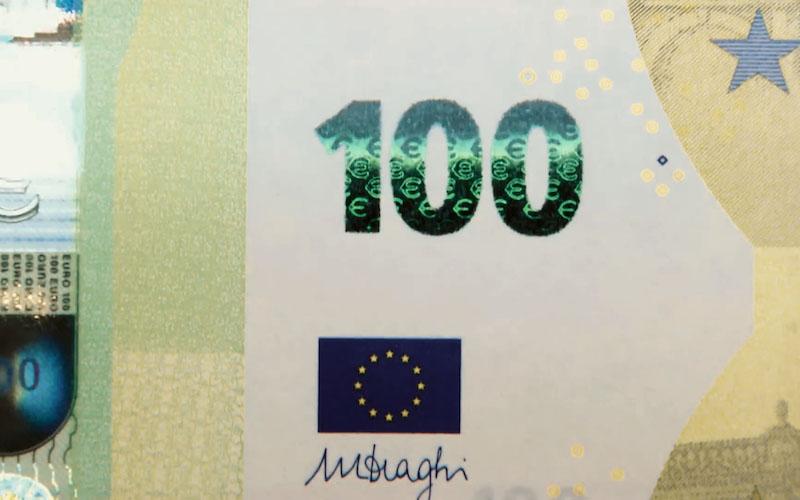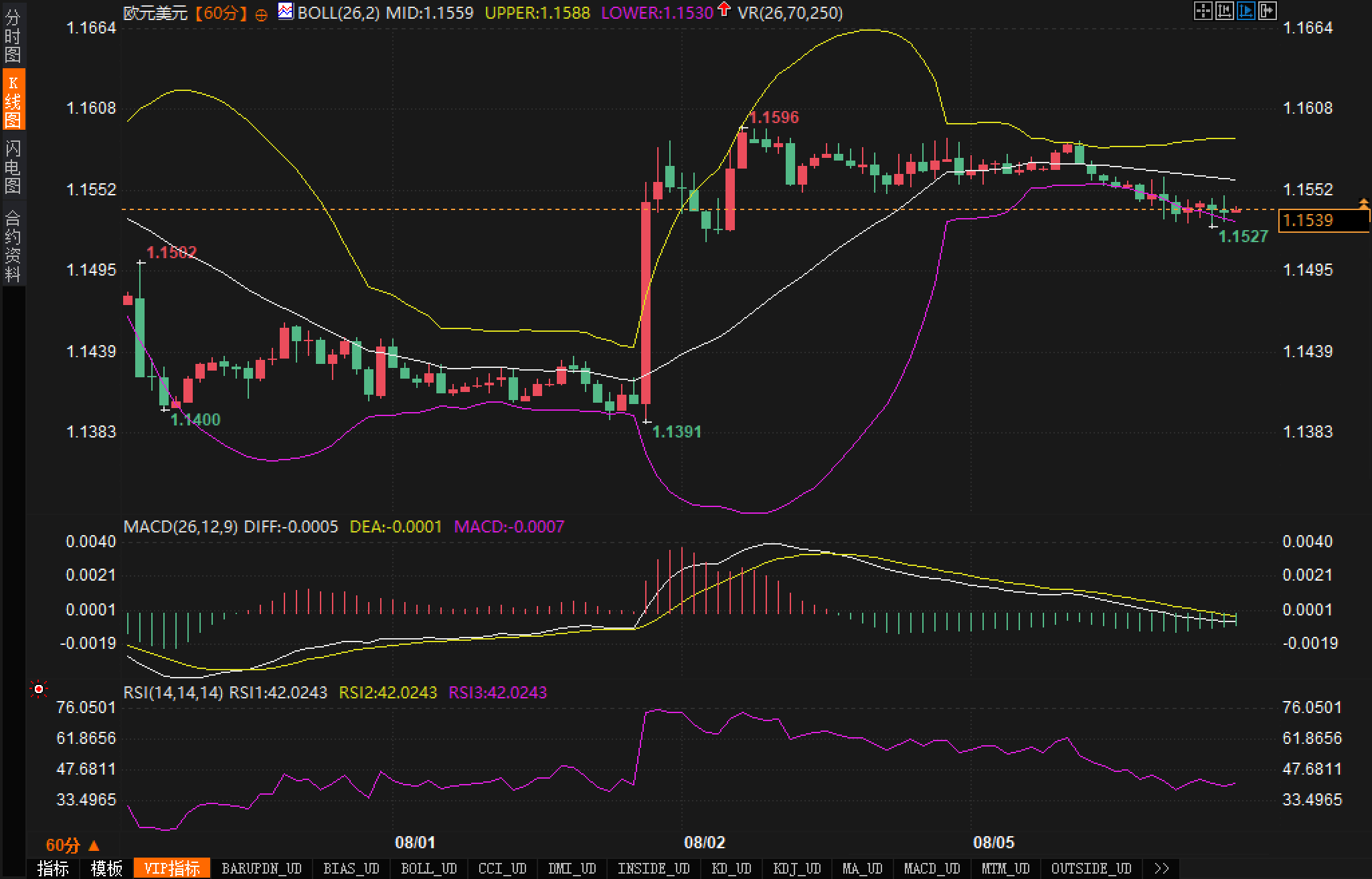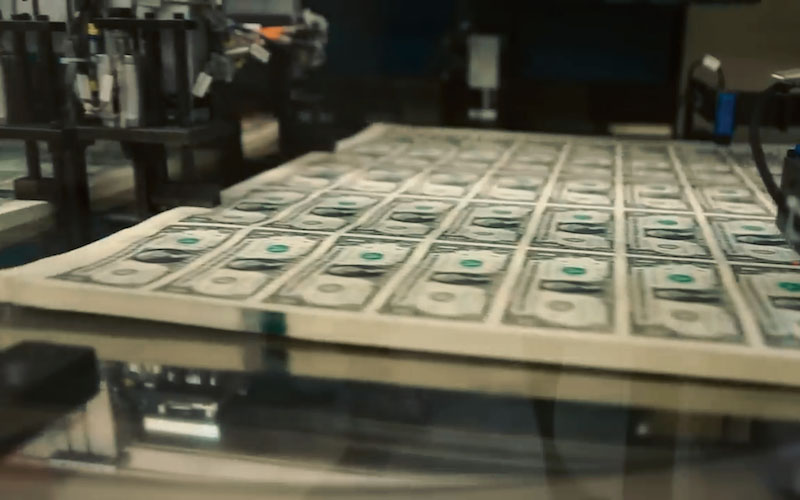With the US PMI approaching, can the euro take the opportunity to break out of consolidation?
2025-08-05 21:27:28

Fundamentals:
Recently, Mary Daly, president of the Federal Reserve in San Francisco, pointed out that there are increasing signs of weakness in the U.S. labor market, while inflationary pressure is limited, which provides conditions for an interest rate cut this year. This statement has strengthened the market's bets on a policy shift in September.
Meanwhile, the European Union announced a postponement of its retaliatory tariffs against the United States, originally scheduled for this week. European Commission President Ursula von der Leyen stated that a six-month window would be provided to facilitate negotiations. This gesture improved market risk appetite, leading to a short-term strengthening of risky assets.
In terms of data, Commerzbank released a final reading of 51.0 for the services sector in July, up from 50.5 in June, indicating continued expansion in the Eurozone's services sector. The final composite PMI came in at 50.9, slightly below expectations but still above the boom-bust line. Regarding inflation, the Eurozone's PPI rose 0.8% month-over-month and 0.6% year-over-year in June, maintaining a generally moderate trend.
The current market focus is on the upcoming release of data such as the US ISM Services PMI. If the economic downturn is further confirmed, it may accelerate the Fed's policy shift.
Technical aspects:
Looking at the hourly chart, the EUR/USD pair initially found support near 1.1391 before rapidly rising, forming a bullish candlestick that broke through the upper Bollinger Band. The pair subsequently peaked near 1.1596 before entering a period of sideways trading. The Bollinger Bands are expanding and then converging, suggesting a decline in short-term volatility and a market shift toward a wait-and-see approach.

The current exchange rate is trading between the middle and lower Bollinger bands, indicating weakening momentum. Regarding the MACD indicator, the histogram is turning from red to green, indicating an accumulating risk of a technical pullback.
The relative strength index (RSI) is currently around 42, well below the overbought zone, indicating that bullish momentum has weakened, but it has not yet entered the extreme oversold area, and there is still room for fluctuations in the short-term trend.
Market sentiment observation:
The overall market is currently in a cautious wait-and-see mode. On the one hand, Federal Reserve officials continue to release dovish signals, raising traders' expectations for interest rate cuts this year. On the other hand, the exchange rate has encountered resistance and fallen after a rapid rebound, indicating that the market is cautious about the potential for further growth and lacks clear trend drivers in the short term.
Meanwhile, while Eurozone economic data showed positive overall, growth remained modest, failing to provide sustained upward momentum for the euro. Following the high-priced stagnation, some investors opted for short-term exits, suggesting a defensive bias in short-term market sentiment, with little appetite for attack.
In addition, the Bollinger Bands are gradually narrowing, reflecting a decrease in volatility and the market is entering a consolidation phase before choosing a direction. Traders are waiting for the next round of key fundamental events or technical breakthroughs to provide new momentum.
- Risk Warning and Disclaimer
- The market involves risk, and trading may not be suitable for all investors. This article is for reference only and does not constitute personal investment advice, nor does it take into account certain users’ specific investment objectives, financial situation, or other needs. Any investment decisions made based on this information are at your own risk.





















